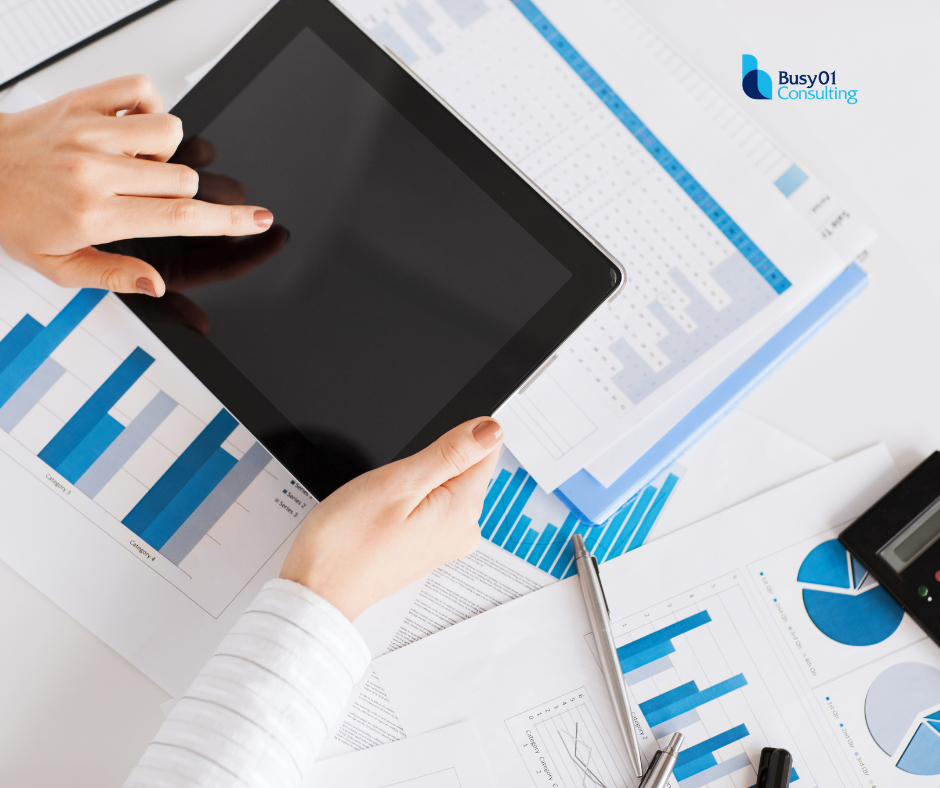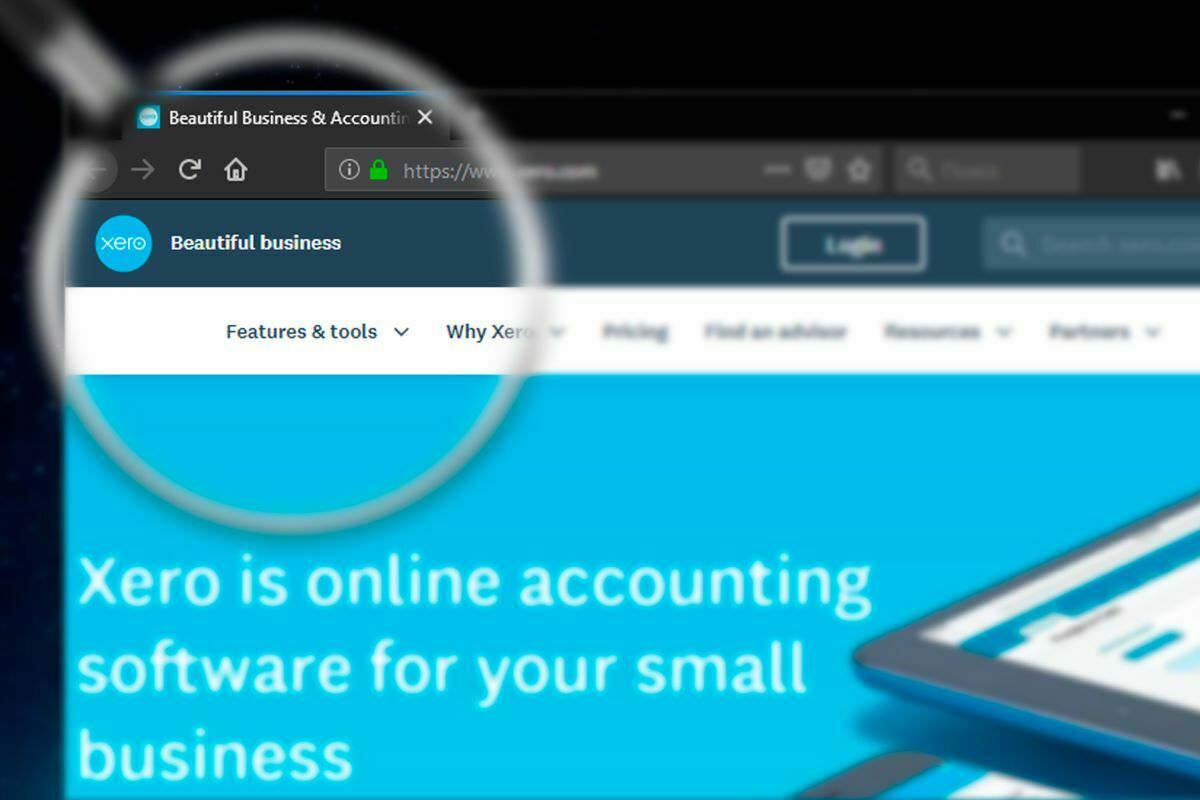
Cash Flow Management
Why you need to forecast your cash flow
Cash flow is the lifeblood of your business. And when it comes to cash flow management, preventing cash issues is far easier than trying to solve these issues after the event.
Positive cash flow comes from balancing your income (the cash inflows) against your expenditure (the cash outflows). If you’re in control of this then the business will always have the liquid cash needed to cover your liabilities.
Forecasting your cash inflows and outflows
Forecasting works by taking your cash data from prior periods and projecting it forward in time, giving you a ‘crystal ball’ that reveals the future health of your cash flow.
By running detailed cash flow forecasts, it’s possible to:
- Understand your future operational cash flow – helping you to see the seasonal dips, or the projected drops in income, and get the early warning you need to take action.
- Plan your costs and expenditure effectively – by working to strict budgets, looking at cost management and reining in expenses – so your future outflows are reduced.
- Avoid the cash flow issues before they happen – giving you the information you need to plan ahead, take clear action and stay in tight control of your cash status.
Utilising technology to forecast
There are a number of tools you can use to forecast your cashflow, including Add-on Apps. One we often recommend is Futrli. With the ability to connect to Xero and Quickbooks, Futrli can provide integrated forecasting and reporting for small businesses.
Talk to us about setting up cash flow forecasts
If you want to get a grip on cash flow, we’ll help your tailor your accounting set-up and will provide the cash flow forecasting tools you need to reveal your future cash position.







